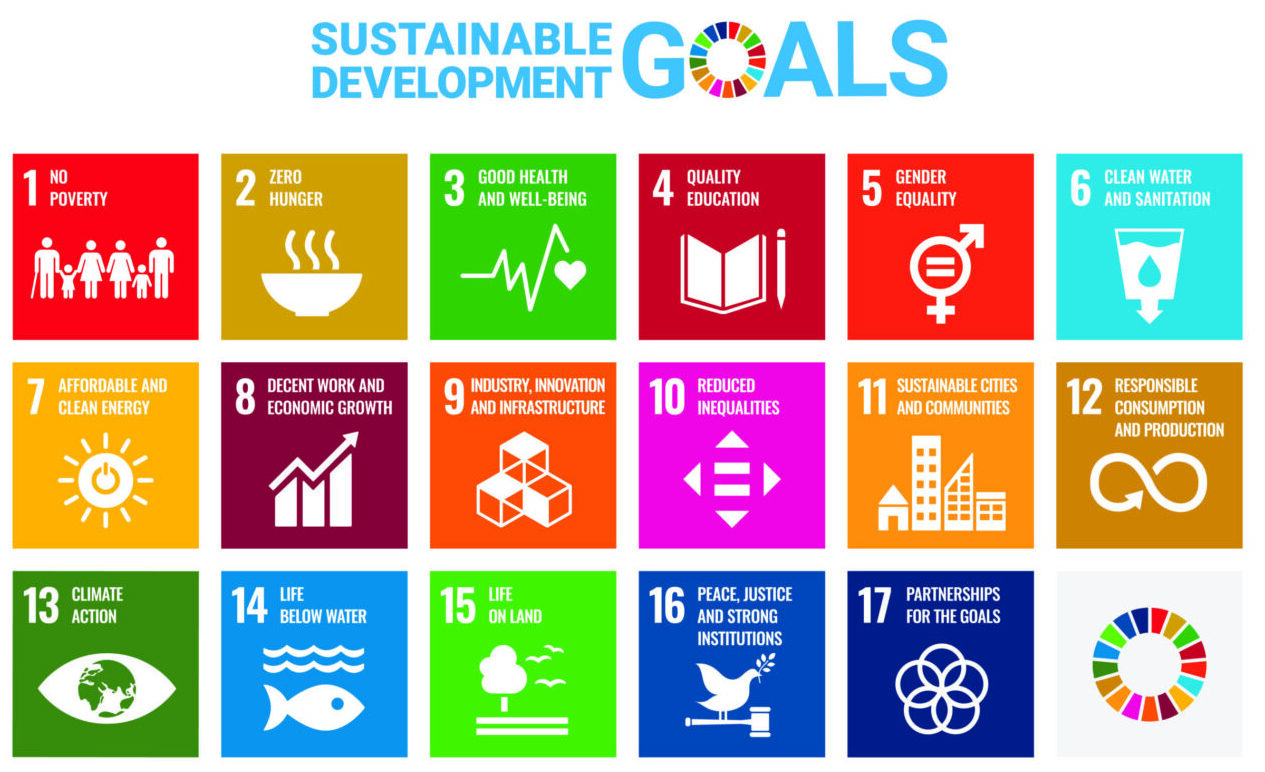Sustainable Chemistry facilitates the needs of the present – without compromising the ecological, social and economic needs of future generations
The chemical sector consumes 10% of the world's total energy and contributes to 8% of greenhouse gas emissions.
90% of global production depends on chemical products.[1][2][3]
The chemical industry and downstream sectors using chemicals and materials touch nearly every manufacturing and service sector worldwide and are deeply connected with humanity's way of living.




